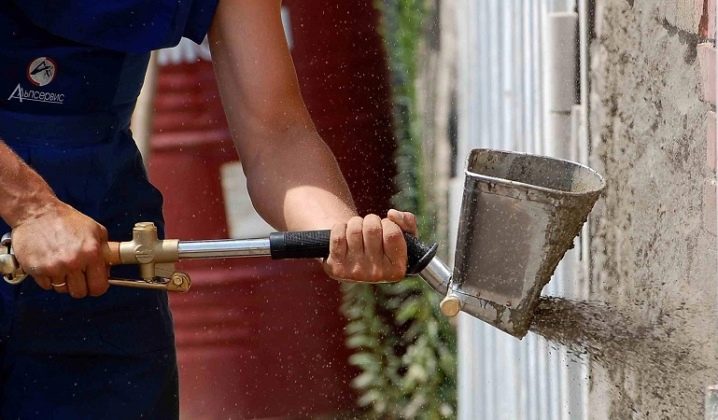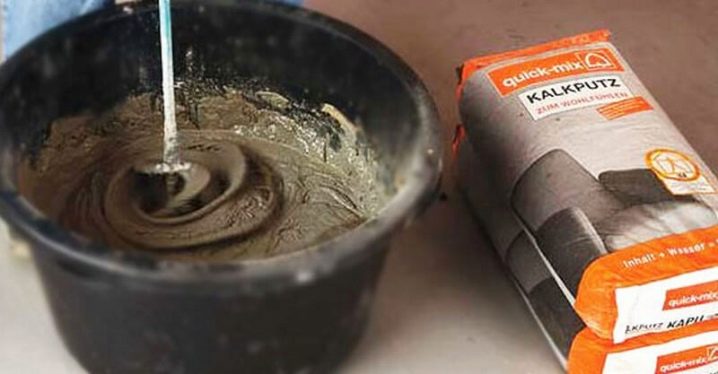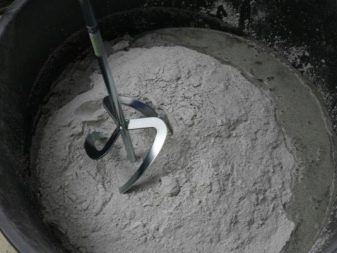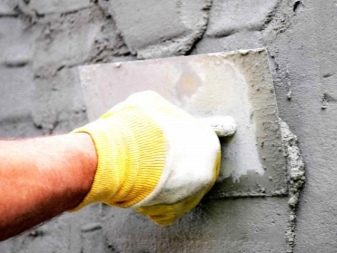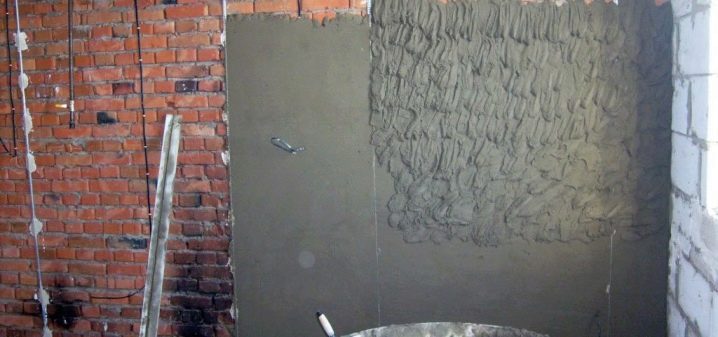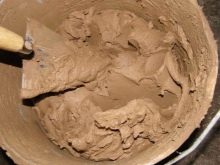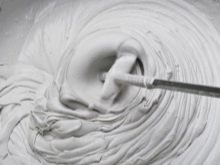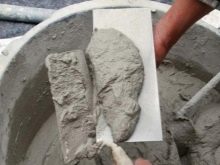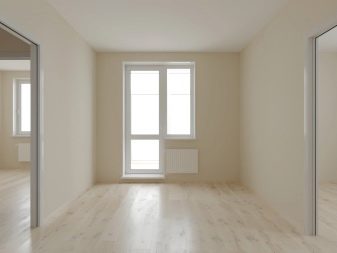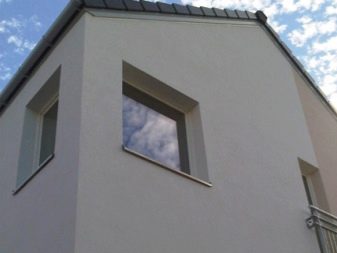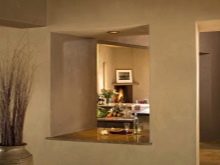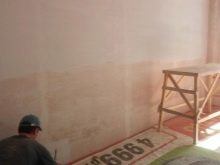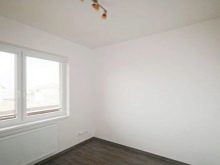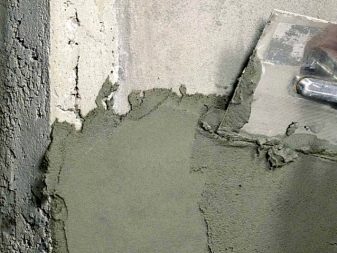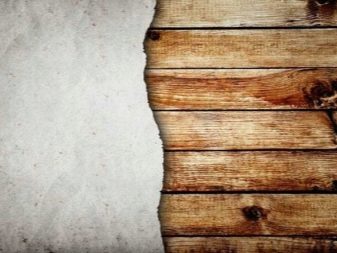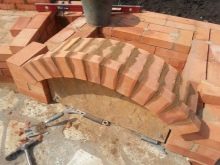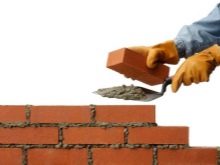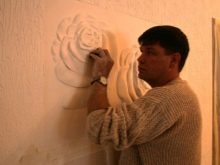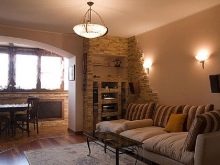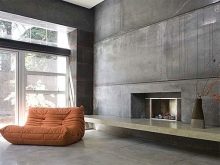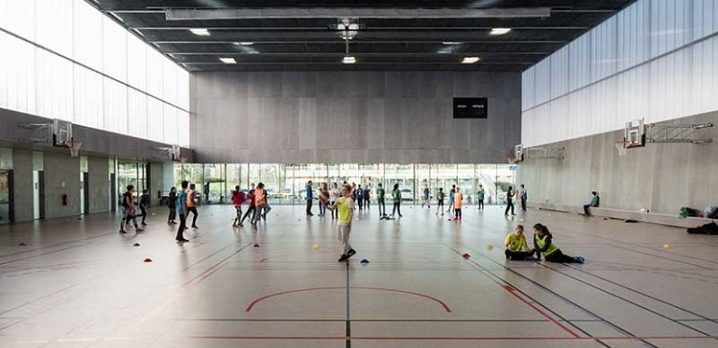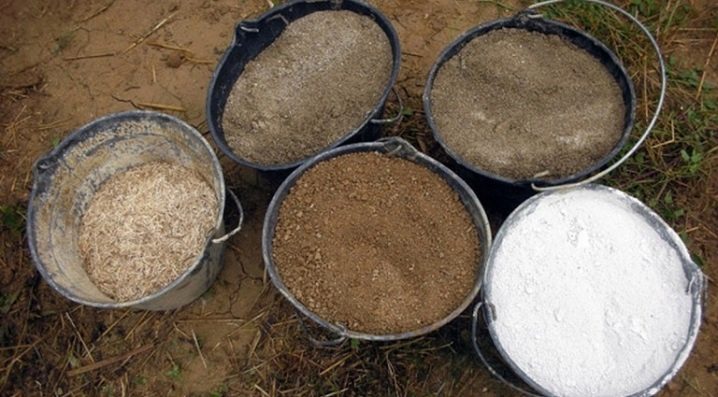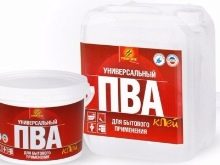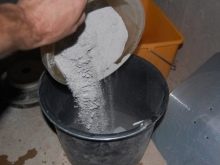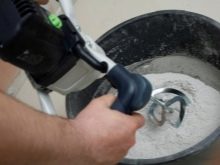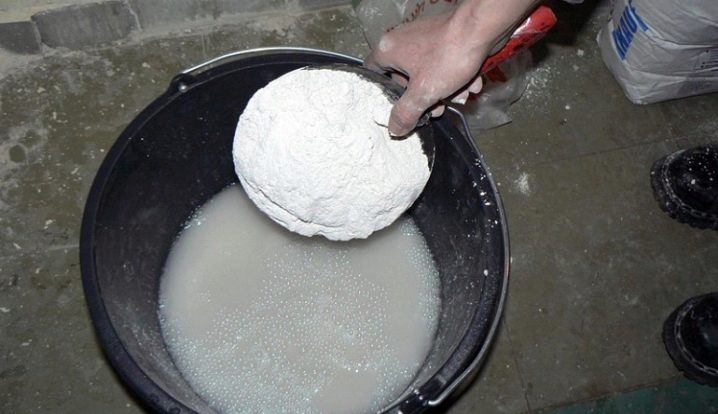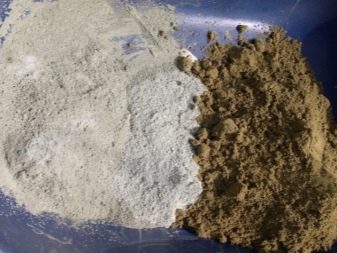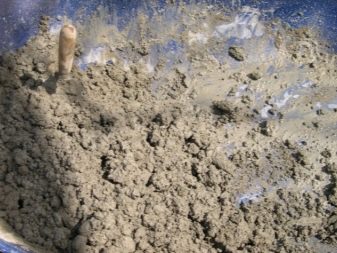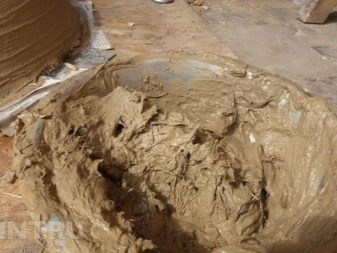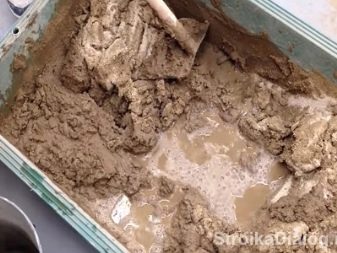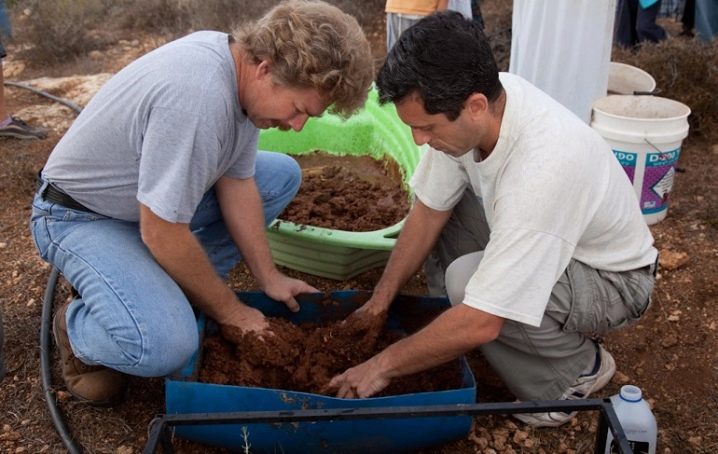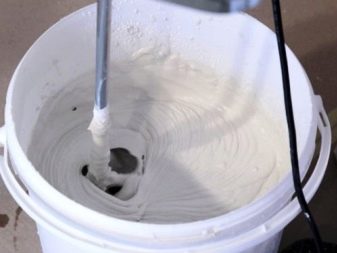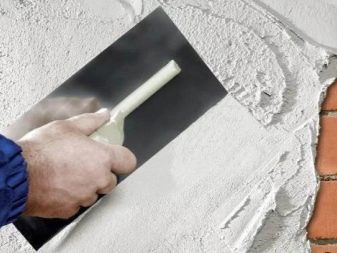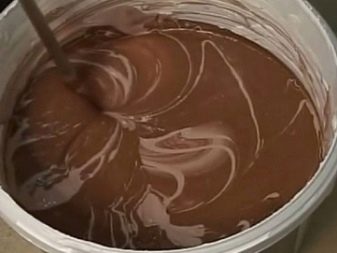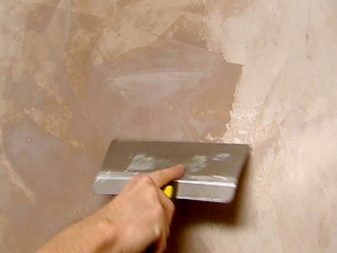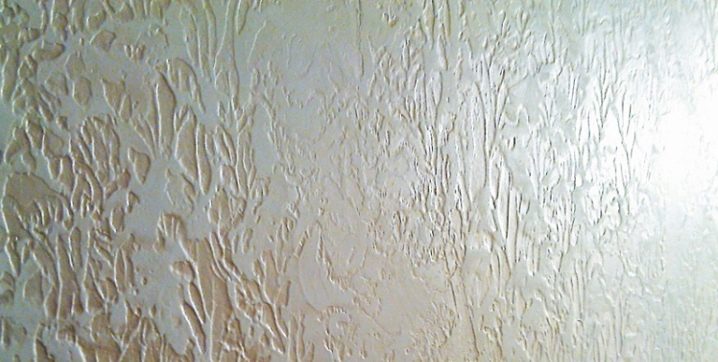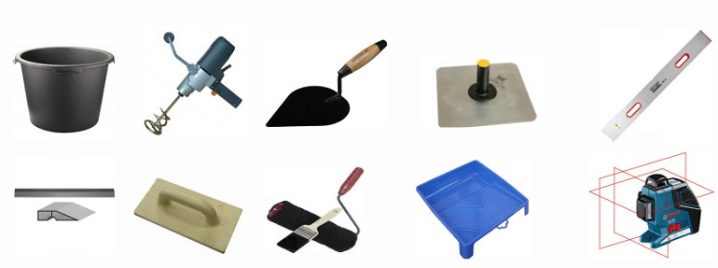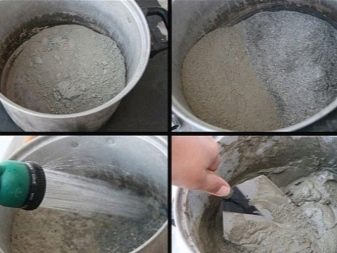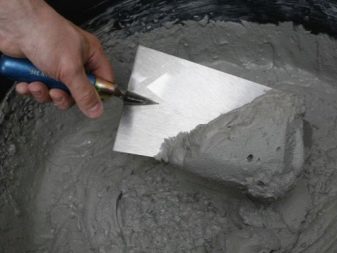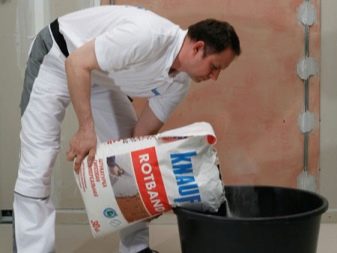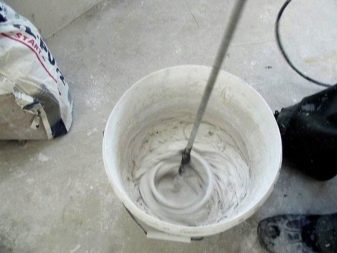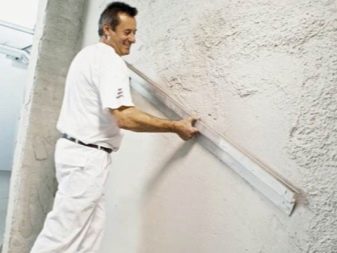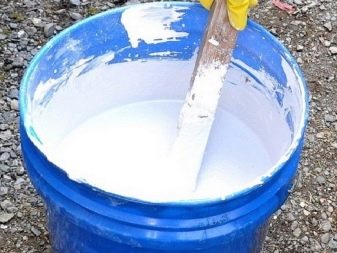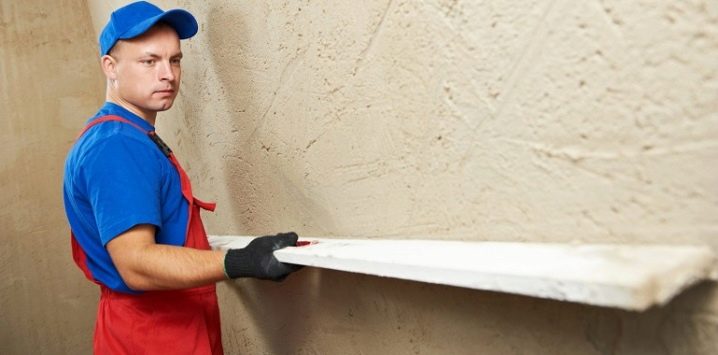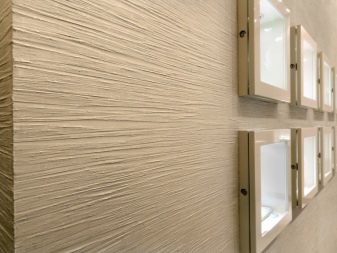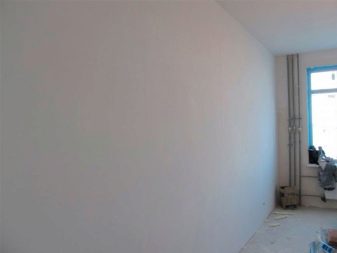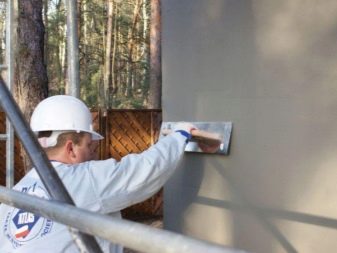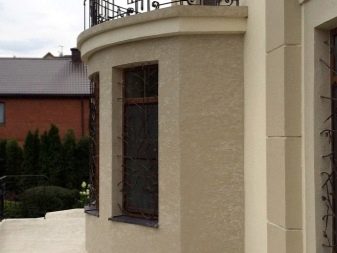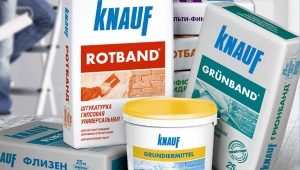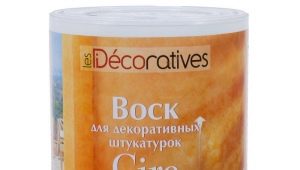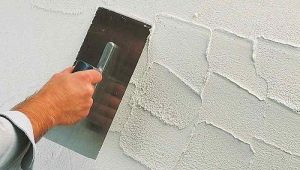How to make a plaster solution?
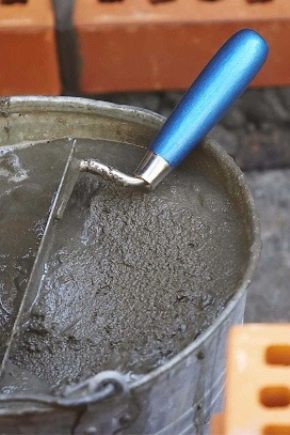
Despite the large amount of building materials, few of them today are able to compete with plastering walls. This is due to a number of factors, one of which is the ability of the plaster to act as a foundation rover. This is especially important when carrying out the finish. Consider the rules for the preparation of plaster.
Special features
Plaster solution is a wide range of mixtures. The spectrum includes different compositions, this is explained by the purpose of each material. The basis of any raw material is a binder. In addition to it, the manufacturers include various additives. It is a pasty mass.It is spread on the walls or ceiling, stretching to the formation of a uniform layer.
The composition of each mixture directly affects its purpose. For this reason, mixtures may be designed for indoor or outdoor use. Some compositions are relatively versatile and are designed to work inside and outside the room. A distinctive feature of these mixtures is resistance to adverse environmental factors. One of the features of plastering compositions is granularity.
It is the size of the fraction that indicates the finish or starting composition. Often it is the coarse texture that is used to prepare the foundation for finishing. Depending on this, use one or two plasters on the same surface. In this case, one of them is the preparation of the base for the application of the other. Due to the size of the particles and the additional effect, the cost of the finishing coating is always greater than the starting analog.
Sometimes plaster mix is confused with the term "dry plaster", which is commonly understood as gypsum plasterboard.
In fact, plaster is a composition based on a powder mixture or a solution ready for use.
In the first case, it is a binder and fillers in a balanced formula. They should be kneaded before applying the plaster material on the prepared substrate. The second variety is remarkable in that it does not need to be adjusted before being used on the surface.
Such material may have a different shade. It depends on the components of the mixture.
- In one case, it is a gray concrete color, in others it is dirty beige, sometimes milky.
- White is considered to be basic.
- The finished material on a creamy basis can be colored. However, the range of shades of such mixtures is scarce. This makes paint plaster mixtures on their own.
All solutions are divided into fatty, lean and normal. Mixtures of two or more components are called complex. In fatty varieties, the astringent predominates. Therefore, they shrink and crack, require re-treatment.
If the filler is dominant, the solution does not shrink, but adheres poorly to the base. The normal composition of moderately plastic, easy to work, durable.
Kinds
It is impossible to prepare the plaster composition, without having an idea about the varieties of such mixtures.In the modern construction market, the buyer’s attention has been offered a wide range of similar products in various forms of production. It is different in volume and composition.
There are several popular mixes:
- cement and sand;
- cement-lime;
- gypsum;
- clay;
- glue;
- polymeric;
- specialized.
Each type of plaster has its advantages, durability and disadvantages. For example, specialized compounds are nothing but a mixture of insulation and waterproofing. These are intermediate mass alternatives to mineral wool and other plating. With their help, you can get rid of the annoying noise outside and prevent moisture inside.
Cement-sand options - ordinary cement mortars and masonry mixes with high resistance to mechanical loads. In the process of drying they sit down, applicable in heated and unheated rooms. Cement-lime mixtures are distinguished by the presence of fine sand in the composition. Suitable for indoor use, have antibacterial properties.
Clay varieties differ in environmental friendliness. They contain asbestos, lime and cement. Less durable compared to cement formulations.Gypsum plaster mixes are often used as leveling agents. These compounds are hygroscopic, not suitable for finishing rooms with a high degree of humidity. With frequent contact with water, they wear out and deteriorate.
Glue plaster mixes needed for fixing insulation or waterproofing. More often such products are used in leveling surfaces in work with the grid. Polymer plasters do not have sufficient ventilation, however, have high refractoriness and sound insulation. They are made on the basis of acrylic, silicone. There are silicate species.
Purpose
Scope of plaster solutions is wide:
- They are used in construction, repair and decoration of buildings.
- Depending on the type of composition, it can be used for the erection of buildings, their decoration and decoration. In fact, it is a building, intermediate and decorative material.
- Some compounds are needed for laying brick, stone. Others level the floor, others level the surface, are indispensable when installing glass.
- Clay mortars are needed for the construction of the furnace. They are best suited for mounting chimney, fireplace, barbecue.
- Cement options are appropriate in the work of finishing the porches. Use them and when carrying out repair work indoors. In general, no repair can be done without plastering solutions, it is needed everywhere.
They are applicable for reasons:
- concrete;
- woody;
- brick;
- stone;
- drywall;
- mineral wool;
- polystyrene foam;
- aerated concrete.
To summarize, plaster mortars are used to finish surfaces of walls, ceilings, floors:
- food service establishments;
- clinics, laboratories, hospitals;
- libraries, educational institutions;
- pools, saunas, baths;
- salons, studios,
- bars, cafes, clubs;
- hotels, philharmonic halls, concert halls;
- apartment buildings;
- private buildings, villas, verandas, closed arbors.
- sports complexes;
Compositions
You can prepare a plaster mortar yourself. Even experienced craftsmen often improve the formula of plaster, saturating it, for example, with white glue as a plasticizer. You can consider a few common recipes for making plaster with your own hands.
On the basis of putty
For mixing the main mass, you will need the usual putty (6 kg), water (2 l) and PVA glue (0.2 l).Dry powdered putty is placed in a container, gradually pour in water, stir. After adding the PVA glue and re-mix. In the absence of such glue, it is allowed to replace it with a plastering mortar (the proportions remain the same 1: 1).
With primer
The basis remains putty, in which instead of water, add a primer in the ratio of 6: 2. Make a batch, after which the mass is added to the grout (0.2 l) and color (select the saturation individually). This recipe allows you to get a decorative plaster material. Therefore, the primer must be used in white for the purpose of coloring it without losing the quality of the desired shade.
Cement
For the manufacture of such plaster need cement, as well as sand and water. The ratio varies: for the spray proportions are 1: 4, for the soil 1: 3, water is added to the consistency of sour cream. The solution should not spread. You can not use cement with sand in the ratio of 1: 16, the sandy coating will quickly crack.
If you need to use cement material as a tile adhesive, it is advisable to add some PVA glue to it. From this it will become elastic and strong.
Clay
Make the most clay plaster is easy. The composition consists of clay and sand, water is added to make it work. Depending on the type of work, the proportions can be 1: 3, 1: 4, 1: 5. This applies to splash and soil. If clay-lime plaster is necessary for work, the proportions are as follows: lime 1 hour, clay 2 hours, sifted sand 6 hours. If you need to plaster the walls outside, use clay, sand and cement in the ratio: 0.2: 3: 1, without forgetting to add pure water.
With lime
The limy structure is applied when finishing houses from adobe. The coating has no strength, is afraid of moisture. Consists of hydrated lime (1 hour) and sand (3 hours). For soil, the proportions are 1: 2, for a splash 1: 3, for a covering, the ratio is 1: 2. A lime-cement composition is more in demand. However, for kneading use on the lime itself, and lime mortar. The ratio of cement - lime - sand for each layer is different. For one layer it is 1: 0.4: 3 (4), for the second 1.61: 2.5 (3), for the third 1: 1.5: 4.
Gypsum
Gypsum plaster recipe involves the use of white plaster powder. Six hours of the mixture will need to be diluted with 2 liters of cool water, then add 0.2 liters of PVA glue to them.If it is made with an admixture of lime, lime paste is used in a gypsum-lime ratio of 1: 3.
For the draft material sawdust is added to this mixture. To the same ratio, they will need 1 hour. It is impossible to use larch sawdust for the composition.
Venetian
This decorative plaster is prepared from the usual small fractioning putty. It adds quartz, marble, malachite chips, hydrated lime and color of the desired shade. The concentration of color is chosen individually, however, its abundance will lead to a deterioration in the quality of the solution. The total amount of lime in the whole composition varies from 50-60%. This is 3 hours, while it takes 1 hour to cast. To give a gloss after drying, the coating is treated with a special wax.
Versailles
This finishing mixture for interior work is created on the basis of two types of putty: starting and finishing in the ratio of 1: 1. They are mixed and the desired color is added. An essential component that provides a special effect to Versailles plaster is silverfish. It is used after complete drying of the coating. Add to the water-soluble varnish (diluted by half) and sprayed only protruding parts of the relief.
What is needed for cooking?
For the preparation of plaster need a simple inventory and components of the mixture. Usually this:
- mixing bowl;
- construction mixer or drill with a special nozzle;
- dispenser, syringe;
- the components of the plaster mixture;
- clean water at room temperature;
- work clothes;
- protective equipment (goggles, gloves, respirator).
The presence of protective equipment due to the appearance in the process of mixing dust from the components of the mixture. When filling the container, the microparticles will rise into the air. Work clothes will protect the body. The respirator will not allow particles of plaster to get into the body.
For use, you will have to take care of another container, which depends on the tool by means of which the plaster will be applied to the surface.
Subtleties of the process
In the preparation of any plaster solution is nothing complicated. The main requirement is always the high-quality mixing of the mass to obtain plasticity, a uniform consistency without lumps and other defects in the form of pigment-like stains. Mass must be diluted properly. Poor quality raw materials will cause a reduction in service life.If it is bad to prepare a decorative finish, a beautiful coating of it will not work.
Different types of mixtures have their own nuances of mixing:
- Cement plaster mortar immersed in a container, mixed with sand and other additives, if provided. Only after high-quality mixing can water be added. After mixing, the composition is left for 10-15 minutes, then stirred again.
- In most lime based mixtures, it is better to use a hydrated option. It is in the pasty mixture that all additives are introduced gradually. This technology of preparation of the solution eliminates the formation of lumps and texture inhomogeneities.
- If it is necessary to prepare a solution based on gypsum and lime, it is important to consider the time (no more than 5 minutes). Here the technique is somewhat different. First you need to add the finished gypsum powder to the water. It must be mixed to a state of uniformity. After that, the slaked lime solution is gradually introduced into the mass.
- It is necessary to make clay plaster qualitatively by pre-soaking the clay in water. First, it is soaked, after a while, lumps that can ruin the entire solution should be stretched.
- Cement-lime compositions are created by mixing cement and sand in a dry state. With high-quality mixing, it is possible to add lime milk to the mass to obtain the desired consistency.
- If self-preparation seems like an overwhelming task, buy a ready-made plaster. It will only be necessary to place it in a mixing container, check for lumps and add water in the required proportions.
- If it is necessary to add plasticizers to the composition (for example, PVA glue), this should be done after all the other components have been mixed. After mixing the compositions with such inclusion it is used immediately.
Plaster solutions for decorating surfaces are usually mixed in a dry form. If the temperature in the room is high, their life cycle may be reduced. For this reason, the mixture is not prepared immediately on the entire finish area.
Each portion should have the same consistency for drawing on the surface being treated and decorating it in the form of an invoice pattern.
Each batch is produced in strictly the same proportions. The ratios are written down on paper as soon as the desired composition of the crumb and shade is selected.The consistency does not change, even if it is a mass for volumetric decoration of plaster in the form of stucco or frescoes. She, too, is not bred at once all: the execution of the stucco drawing takes a lot of time. The composition at the time of the middle of the work will have time to dry. Monitor the amount of mass, avoiding overruns of raw materials.
Useful tips and tricks
It is important to take into account the main nuances of the manufacture of plaster. This will allow you to perform it qualitatively, which will affect the repair and finishing works.
- It should be used for mixing clean containers. The remains after the end of the next portion needs to be deleted. They will cause the heterogeneity of the new portion of plaster composition.
- Do not experiment with the consistency of the solution. Its mobility, adhesion, the ability to fill cracks and the alignment of the machined plane depend on it.
- If the solution breaks and does not keep the indicated shape, the water balance is disturbed in it. In the first case, it is not enough, in the second there is a surplus.
- So that the selection of proportions does not cause difficulties, you can make a start from marking on each component. Manufacturers indicate the recommendations of the ratios that can be noted.
- Creativity is welcomed as part of compatibility.You should not try to mix several components independently. Not every type of plaster can be mixed with other coating materials.
- When buying any constituent for a plaster, its shelf life should be checked. Upon its completion, each type of raw material loses the quality and performance characteristics declared by the manufacturer.
- For textured plaster is better to get putty marked "finish". It is creamy, different air texture, will create a high-quality decorative coating of walls and ceiling.
- It is better to use white material for finishing mixtures. Variations of the color of concrete change the desired tone of decorative plaster.
- For laying tiles using cement-sand mortar it is better to add white glue to the mass. It also improves the composition based on gypsum.
- Undesirable purchase of plaster components for facades. It is better to prepare cement-based solutions for this purpose. Lime is not suitable here.
- To buy components for plaster need to in a proven store, which has a positive assessment of ordinary buyers and professional craftsmen.
You can browse the reviews on building forums to get an idea about the quality product.
- When marble, malachite and quartz chips are added to the solution, it is necessary to take into account the nuance: their dominance will make the plaster mixture lean.
- For exterior and interior walls exposed to moisture, it is better to use cement-based compounds. Cement-lime varieties of plaster are applicable here.
- Where the moisture concentration is low, all coatings can be used, with the exception of cement. The choice of base in this case is unlimited.
- Since the life cycle of solutions is small, work with them does not tolerate delays. From time to time they need to be mixed. This is especially true of compositions with the presence of sand.
In this video you will find a master class for the preparation of plaster.
